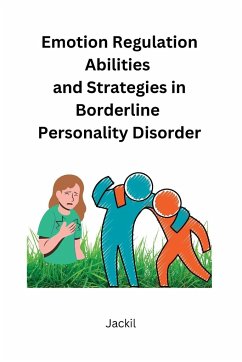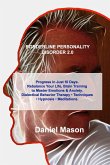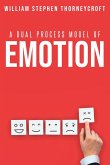"Emotion Regulation Abilities and Strategies in Borderline Personality Disorder" by Jackil is a comprehensive guide that explores the complexities of emotion regulation in individuals diagnosed with borderline personality disorder (BPD). BPD is a severe mental illness characterized by a pervasive pattern of instability in mood, interpersonal relationships, and self-image. Emotion regulation difficulties are a defining feature of BPD, and this book delves into the various ways individuals with BPD struggle to regulate their emotions and the strategies that can help them cope. Jackil draws on a wealth of research and clinical expertise to present a detailed analysis of the different facets of emotion regulation. The book begins by outlining the basic principles of emotion regulation and highlighting the key factors that contribute to difficulties in emotion regulation in individuals with BPD. From there, Jackil examines various emotion regulation strategies, such as cognitive reappraisal, mindfulness, and acceptance-based interventions. He evaluates the efficacy of these strategies and provides practical advice on how they can be incorporated into therapy. The book also addresses the challenges that clinicians face when treating individuals with BPD and offers guidance on how to tailor treatments to suit the unique needs of each individual. Jackil emphasizes the importance of a comprehensive approach to treatment that includes not only emotion regulation strategies but also other evidence-based treatments, such as dialectical behavior therapy (DBT), cognitive-behavioral therapy (CBT), and psychodynamic therapy. Throughout the book, Jackil provides case examples to illustrate the concepts discussed and to highlight the complexities of working with individuals with BPD. The book is written in an accessible and engaging style, making it an invaluable resource for mental health professionals, researchers, and anyone interested in learning more about emotion regulation in BPD. Overall, "Emotion Regulation Abilities and Strategies in Borderline Personality Disorder" is a comprehensive and insightful guide that sheds light on the challenges faced by individuals with BPD and the strategies that can help them overcome them.







